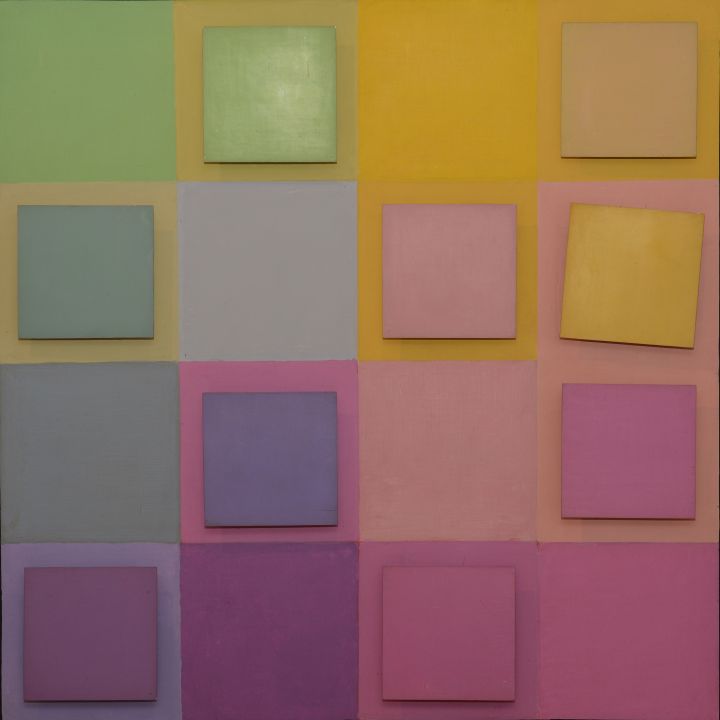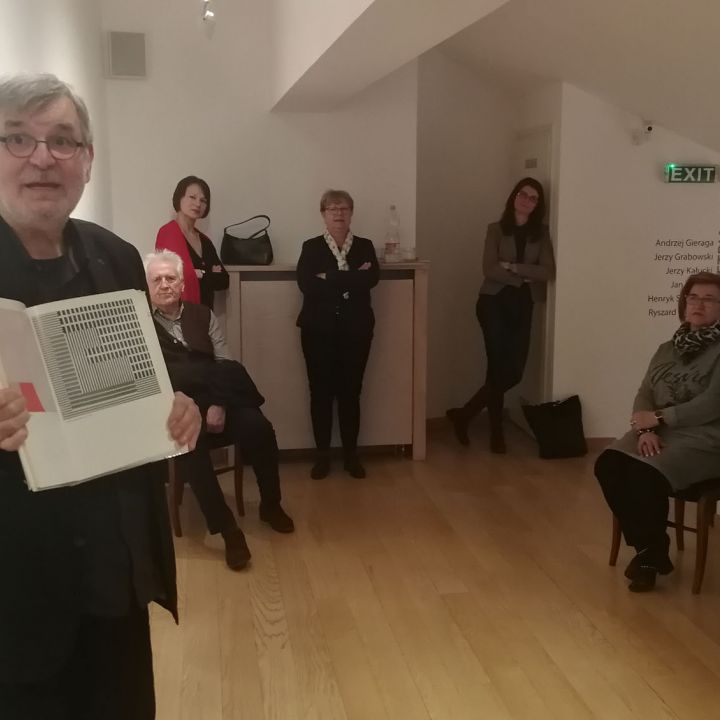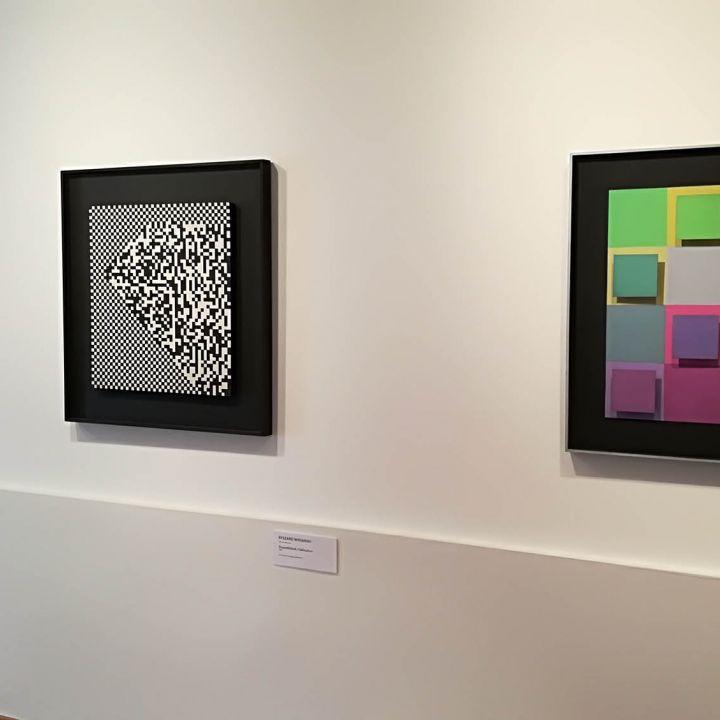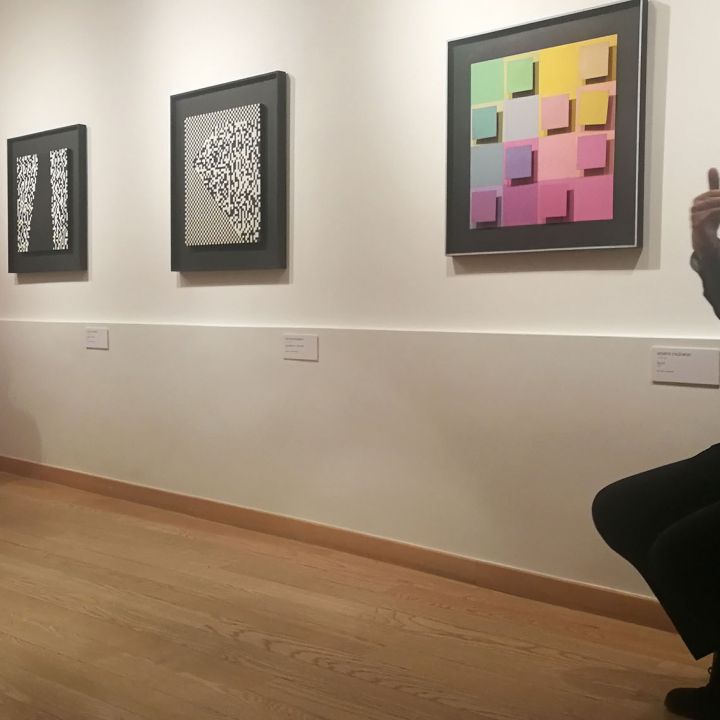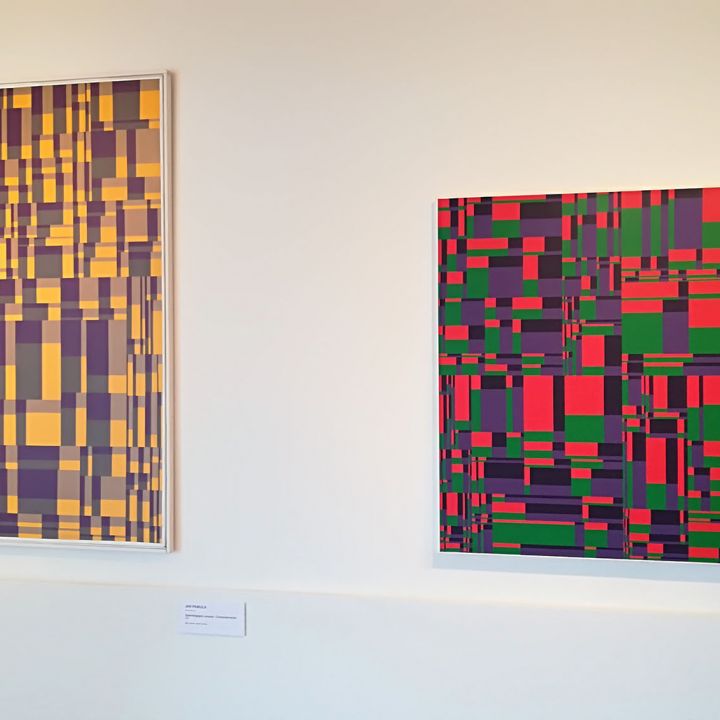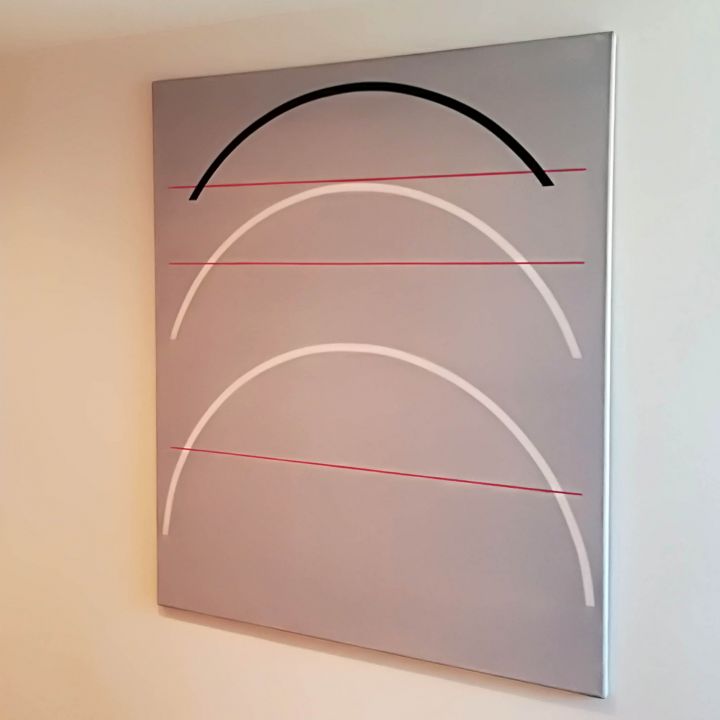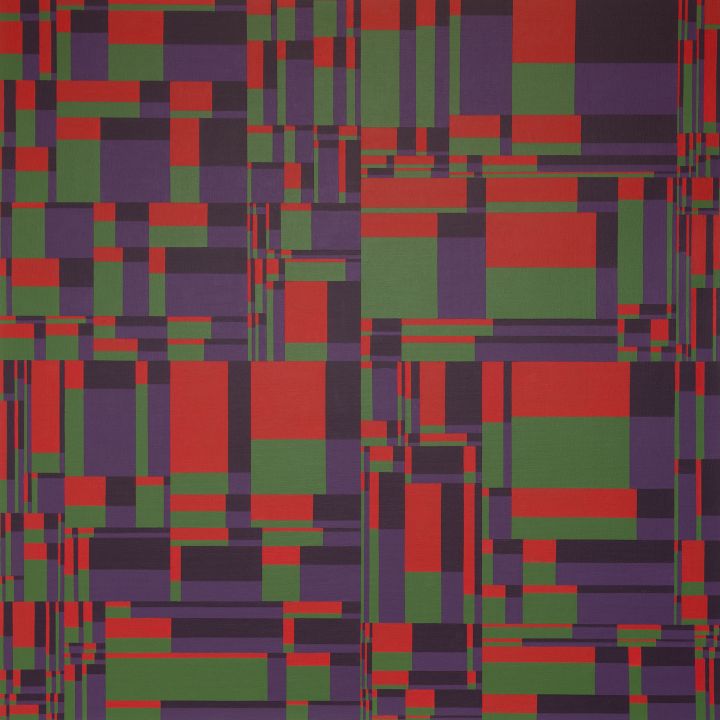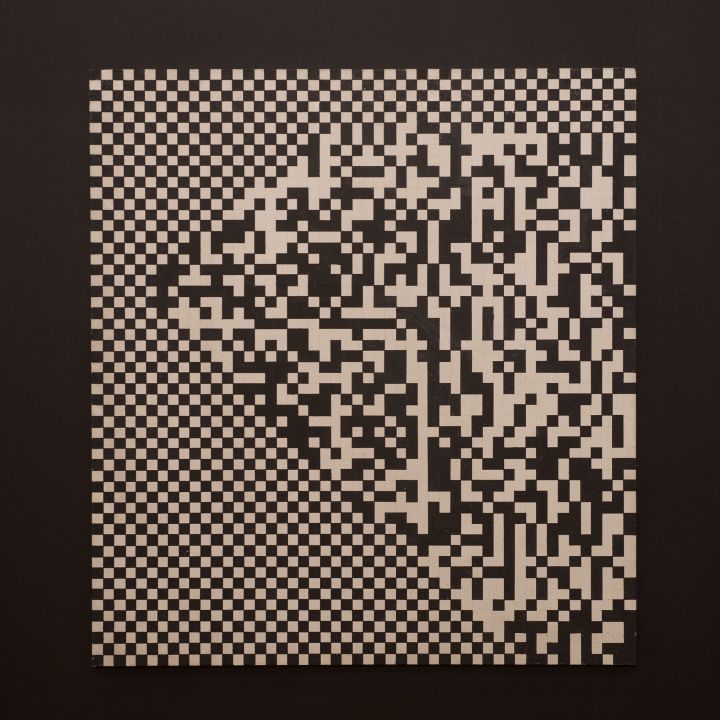The geometrical art trends of the last thirty years in Central and Eastern Europe, especially in Poland, are well represented by the growing Polish collection of the László Vass Collection.
Poland is perhaps the country in the region where the constructivist spirit of the twenties and thirties tradition of Constructivism lived on, partly through the unique collection of the Muzeum Sztuki in Łódź, but above all through the "masters" (Katarzyna Kobro, Henryk Stażewsky, Wladyslaw Strzemiński) and through their starting “disciples” of the sixties (including Ryszard Winiarski, Zbigniew Gostomski, Andrzej Gieraga, Roman Opalka).
Strzemiński, Kobro and Stażewsky were members of the first Polish constructivist group, founded in Warsaw in 1924. After the dissolution of the Blok from 1926, all three joined the Praesens group, which brought together painters and architects alike.
In 1929 Strzemiński, Kobro and Stażewsky left the Preasens group and founded the a.r. group, which was one of the founders of the international avant-garde collection that formed the basis of the Muzeum Sztuki in Łódź. Until the early 1990s, Muzeum Sztuki played a primary role in maintaining the constructivist tradition.
Strzemiński and Kobro died in the 1950s, Stażewsky remained active in the Polish avant-garde art scene for many years after their deaths. Throughout his six-decade career he consistently adhered to constructivist principles. Since the early 1960s he was a leading exponent of Polish abstraction based on the pictorial tradition of Unism. He was associated with the renowned Foksal Gallery in Warsaw, founded in 1966, which, despite the unfavourable political climate, provided a steady stream of opportunities for avant-garde artists to show their work. Among the founders of Foksal was Zbigniew Gostomski. In 1966 the gallery opened with an exhibition of Gostomski's Optical Objects series.
Among the representatives of the "second generation" that started in the sixties, besides Gieraga, who experimented with monochrome and unist tradition, and Winiarski, who experimented with aleatoric sequences, the name of Roman Opalka, who became world famous for his "figures", should be highlighted.
Exhibiting artists:
Andrzej Gieraga; Jerzy Kałucki; Jan Pamuła; Henryk
Henry Henry Stażewski; Ryszard Winiarski; Jerzy Grabowsk

